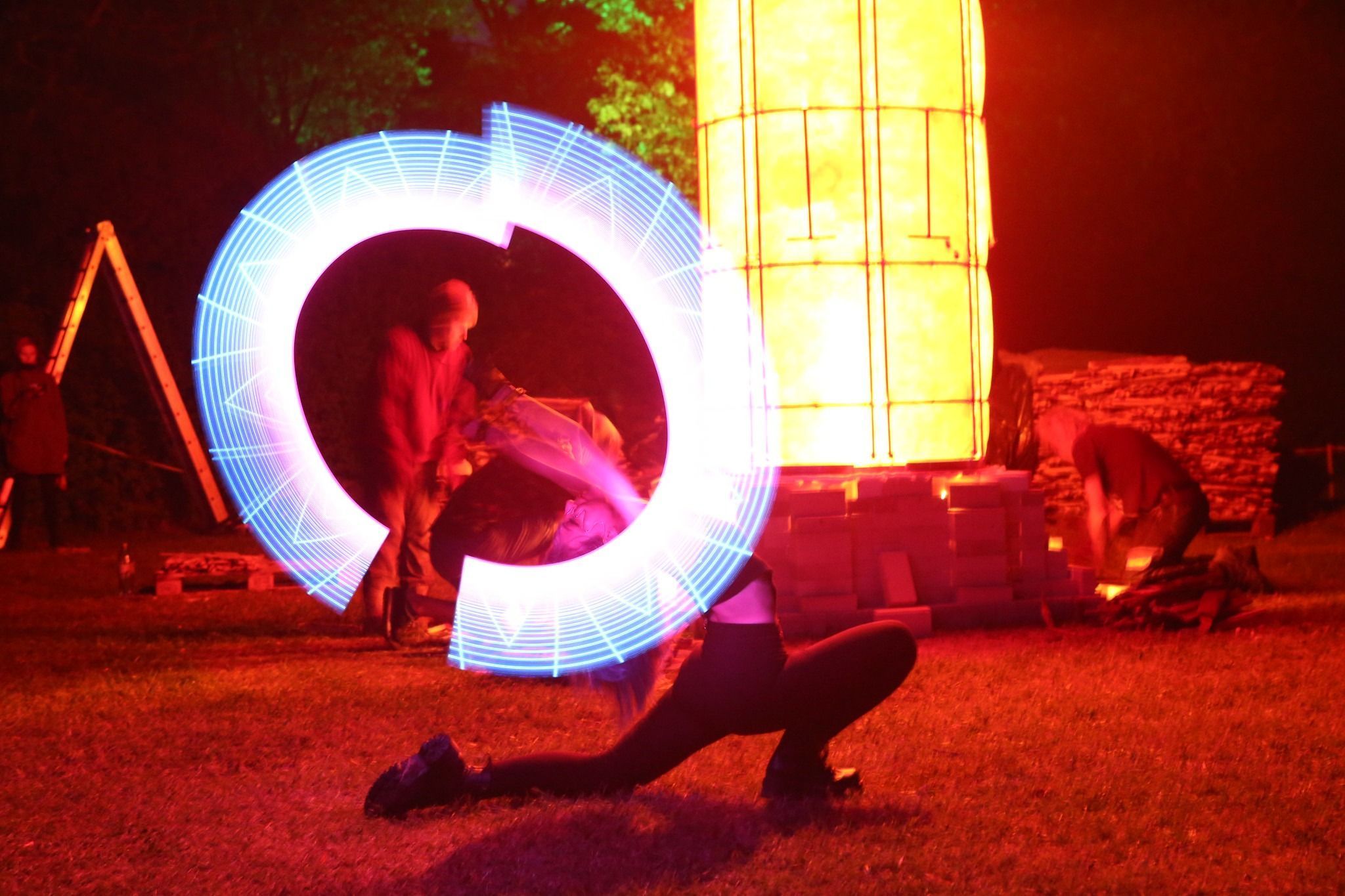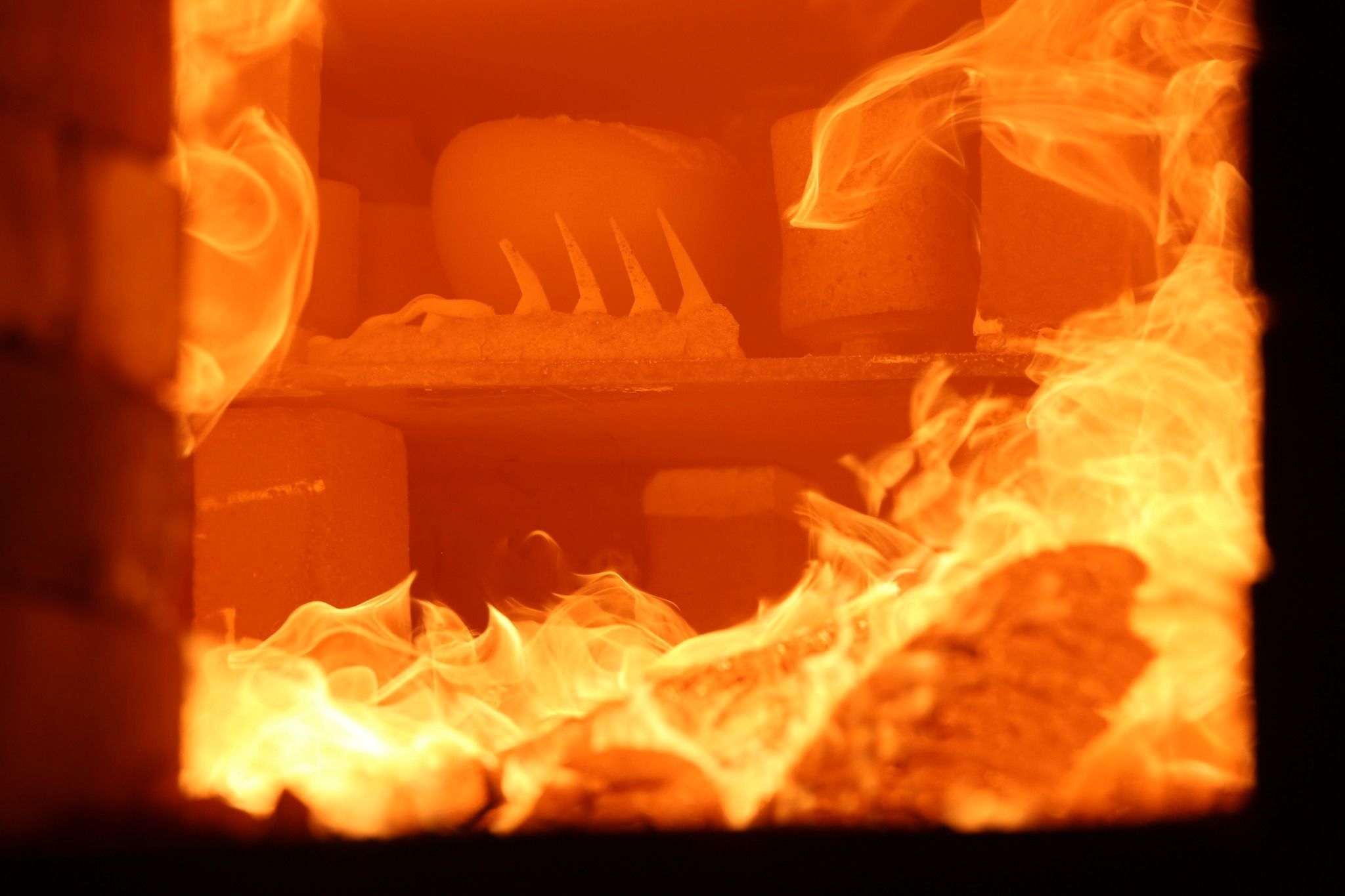Public opinion in Estonia is currently divided over the issue of whether old manor complexes, the crowning glory of Estonian rural architectural heritage, should be in private custodianship or serve wider national cultural interests. While this debate has continued, the Tohisoo manor, just outside Kohila township, has quietly been reborn as a cultural centre that hosts numerous events every year. The Tohisoo complex has been truly rediscovered and its settings facilitate a wide diversity of activities. One such activity has been the annual ceramics symposium which began in 2001 and this year celebrated its fifth anniversary. The event was born of a combination of enthusiasm and practical thought that found expression in the building of an anagama kiln in 2000 and its continued active use. Apart from widening possibilities for local artists, the symposium has grown into a reputable international art event that now allows one to speak of a strengthening tradition. For five successive years the centre has been turned into a ceramics commune for two weeks, as artists from various countries and cultures work and live there, using clay as a common means of expression.
The main aim of the symposium has been to reintroduce woodfiring to Estonia. This is significant for several reasons. Firstly, it offers an opportunity for local artists to create large monumental ceramic works, an issue that has been rather problematic in the past. Secondly, the reintroduction of such a firing process is practical as woodfired kilns can be built in open air and countryside in a somewhat more relaxed planning atmosphere. The building of a large woodfired kiln may appear to mainly serve the interests of individual artists, however, its presence, together with the symposium, has prepared ground for the meeting of different cultural and intellectual expression. What makes the Tohisoo symposium unique is the seamless merging of an archaic method and modern thought. The range of artists, who can all participate the symposium only once, has been diverse, each contributing through work and specific expertise to the wide spectrum of conceptual and expressive possibilities that is contemporary ceramic art.
The annual symposium contains many smaller but equally important events and happenings. The two weeks are spent planning and create the work, as well as packing, firing and unpacking the anagama kiln about three times. These events are as attractive and important as the final exhibition of works on the lawn in the manor park. They enable one to experience the creative processes involved in the making of the works, to witness emotions and reactions and, therefore, give a more intimate understanding of the resulting art. While part of the attraction lies in the unpredictability of the results and processes, equally important is the symbolic outcome of the symposia. Each symposium produces a body of works that stays in the manor and, over the years, these have grown into a substantial, diverse and international collection of ceramic objects. Therefore, it is fair to say that, while Tohisoo has, in the Estonian context, gained an undoubtedly important role as a ceramics centre, it also carries an honorable responsibility; that of ownership and care for a truly unique collection of art.





